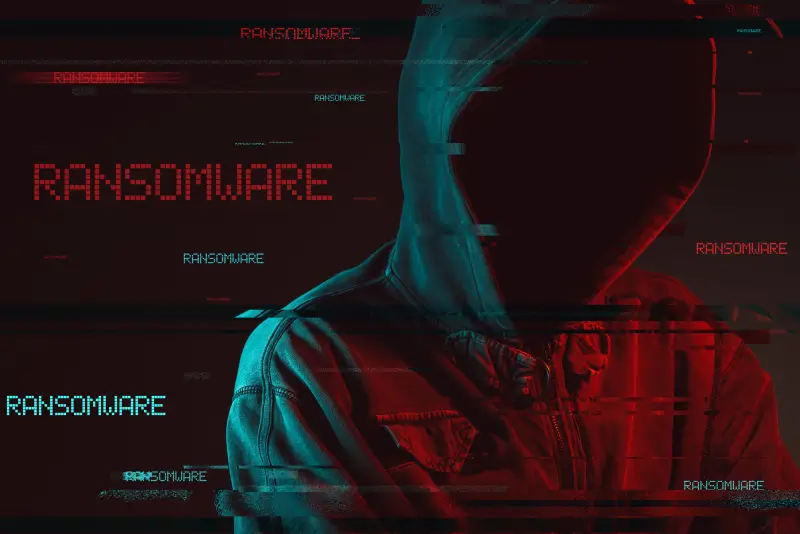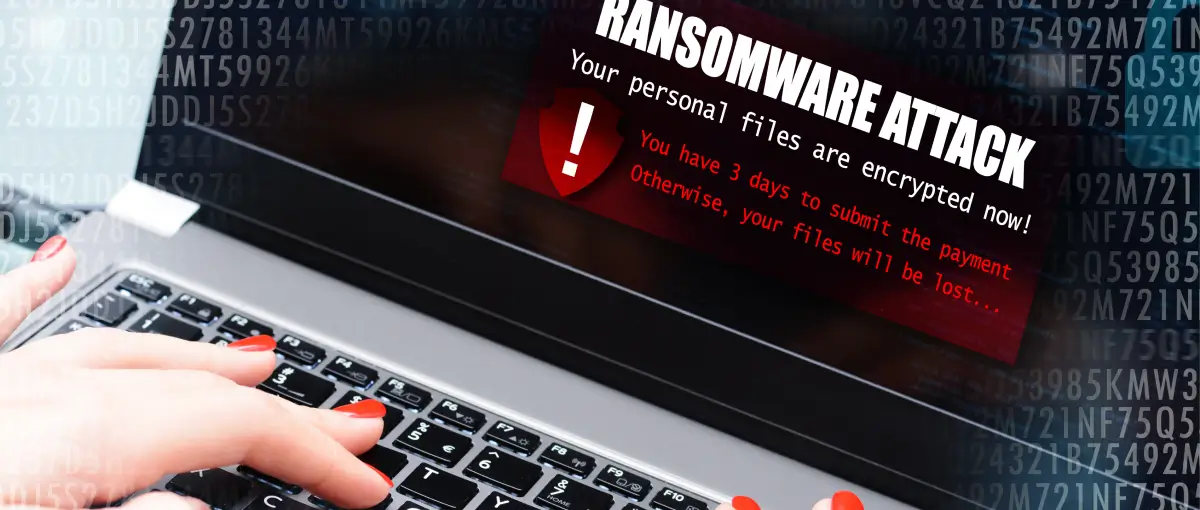With ransomware attacks on the rise, more businesses are resorting to paying the ransom to recover data, but that’s not always wise.
For starters, paying the ransom does not ensure access to lost data. In a recent Veeam survey on ransomware, 24% of victims claimed they could not recover data even after paying the ransom. The same review reported that 63% of organizations risked reinfection during the restoration process.
In many cases, investing in ransomware data recovery can be a better option than paying the ransom. Our experts explain why in this in-depth overview.
Key takeaways:
- Ransom payments are a risk that many businesses cannot afford.
- Data recovery services are often a safer, smarter alternative for companies.
- Experts can restore files using specialized hardware and software for a single, fixed cost.
- Not paying the ransom could help prevent future ransomware attacks.
What Is Ransomware?
Ransomware is a type of malicious software that infects a system and restricts access to sensitive data until the victim pays a ransom.
Attackers commonly target finance, healthcare, and tech companies, as well as public agencies and vital infrastructure. They try to infiltrate high-value targets with deep pockets and time pressures to extort the most money from victims. Phishing campaigns, unpatched flaws, and weak credentials are the most common vectors for ransomware attacks.
Popular ransomware variants in 2024 include LockBit, PLAY, and Black Basta, but hundreds of strains exist. The number continues to increase as the Ransomware as a Service (RaaS) market grows. Groups customize and develop new malware to exploit weaknesses and share it with affiliates who subscribe to their service. The product is a constantly evolving landscape of cyber threats.
How Does Ransomware Work?
Once it gains permission, the malware encrypts stored data and locks the system. At that point, the attackers demand a ransom payment (typically in crypto) in exchange for an encryption key. Victims presumably use the key to decrypt data and restore access to critical files.
Sometimes, groups will also exfiltrate files and threaten to release personal or private data if they do not get paid. This tactic is known as double extortion. Other times, attackers will escalate and deny service or extort third parties related to the business. Cyber extortion is becoming a more prevalent component of ransomware attacks.
Risk of Paying the Ransom After Cyberattacks

Paying the ransom does not guarantee the return of important data. As mentioned, 24% of respondents in Veeam’s recent survey stated they could not recover data even after paying the ransom.
Here are some ransomware payment risks:
- The group does not provide the encryption key as promised.
- The encryption key might not work properly and cause file corruption.
- The attackers may not fully remove the infection from the system.
- Paying once could encourage future ransomware attacks.
- Demands might change after engaging with bad actors.
- Loss of trust with the public for funding cybercrime.
- Paying could be illegal if attackers are connected with a sanctioned party.
Victims should weigh each of these risks before paying the ransom.
At Secure Data Recovery, we have handled many ransomware cases for customers. Some cases involved retrieving data from an infected system after paying the ransom did not decrypt files. This situation can arise for various reasons, from groups vanishing after receiving payment to technical issues while restoring data. For example, the encryption key did not work. Victims only regain access to a mess of corrupted files when that happens. Or their system became reinfected.
Whatever the problem, data loss persisted after paying the ransom, and they still needed to enlist a service. The risky strategy ultimately increased disaster recovery costs.
Yet risks exist even if the ransomware payment results in recovered data.
Why Ransomware Data Recovery Is a Better Option

Ransomware data recovery decreases many of the risks related to ransom payments.
The following list highlights several reasons why ransomware data recovery is a better option than paying the ransom:
- Specialists recover data and address file corruption in tandem as a one-time expense.
- Clear expectations and more consistent results compared to trusting ransomware groups.
- A firm stance against extortion could discourage further attacks.
- Compliance with regulations and laws for data breaches and ransom payments can avoid stiff penalties and limit legal risks.
- Experts help detect weak points and harden systems for the future.
- A transparent approach builds trust among customers and other stakeholders.
As a result, a certified data recovery service is a more trustworthy option to restore files.
Paying the ransom allows the attackers to maintain complete control over your sensitive data. They could make new demands or increase the ransom at any time. They could even refuse to decrypt files or sell valuable data after receiving payment. Working with a leading data recovery service seizes some of that control from the attackers. You are no longer reliant on their word to retrieve essential data. Experienced engineers can often use advanced methods to recover data and repair corrupted files. This arrangement also eliminates the prospect of paying the ransom and then opting for a data recovery service afterward.
In addition, ignoring extortion attempts has long-term benefits. It could cause ransomware groups to turn their attention elsewhere. Their knowledge could improve security within the storage environment and prevent future infections. It could publicly reflect your commitment to ethical and legal standards as well.
Advantage of Professional Data Recovery Services
Choosing a professional data recovery service is crucial. The decision could be the difference between a fast, full recovery and permanent data loss.
A reliable data recovery service offers more than the best outcomes possible. It provides peace of mind. These services have extensive experience with encrypted file systems, forensic-grade software, and a history of results. Their equipment and expertise present a path toward restoring data without funding cybercrime or lingering uncertainty.
These are a few upsides of using a specialized service when faced with data loss from ransomware:
- Cutting-edge tools and techniques
- Ability to adapt and develop custom solutions
- 24/7, remote, and on-site service options
- State-of-the-art labs
- Certifications that verify the protection of personal and private data
- Streamlined process to reduce downtime and impact
- End-to-end support
The first attempt is your best chance to salvage lost data. Entrust your sensitive data to the most skilled engineers to maximize the odds of recovery.
Long-Term Ransomware Recovery and Prevention
Investing in a data recovery service and ransomware prevention instead of paying the ransom can yield long-term benefits.
For starters, not paying could dissuade attackers from targeting you again. Conversely, you may attract affiliate groups by paying the ransom. These services frequently result in recovered files and expert tips to safeguard stored data moving forward. Companies can also pursue employee training and more robust backups or defenses.
What To Do After a Ransomware Attack
The Cybersecurity and Infrastructure Security Agency (CISA) maintains a ransomware response checklist for victims. Following these steps could save a lot of money and stress.
Do not engage with the attackers once the infection is isolated. You have options beyond rolling the dice and paying the ransom.
Call 800-388-1266 for a free consultation or request help to speak with us. Our team is available 24/7, including nights, weekends, and holidays. We specialize in ransomware data recovery for organizations and storage systems of any size. Our RAID recovery experts can deliver a solution that fits your budget and schedule.







